The space-faring firm has completed its latest launch, and it means big things for the phone in your pocket.
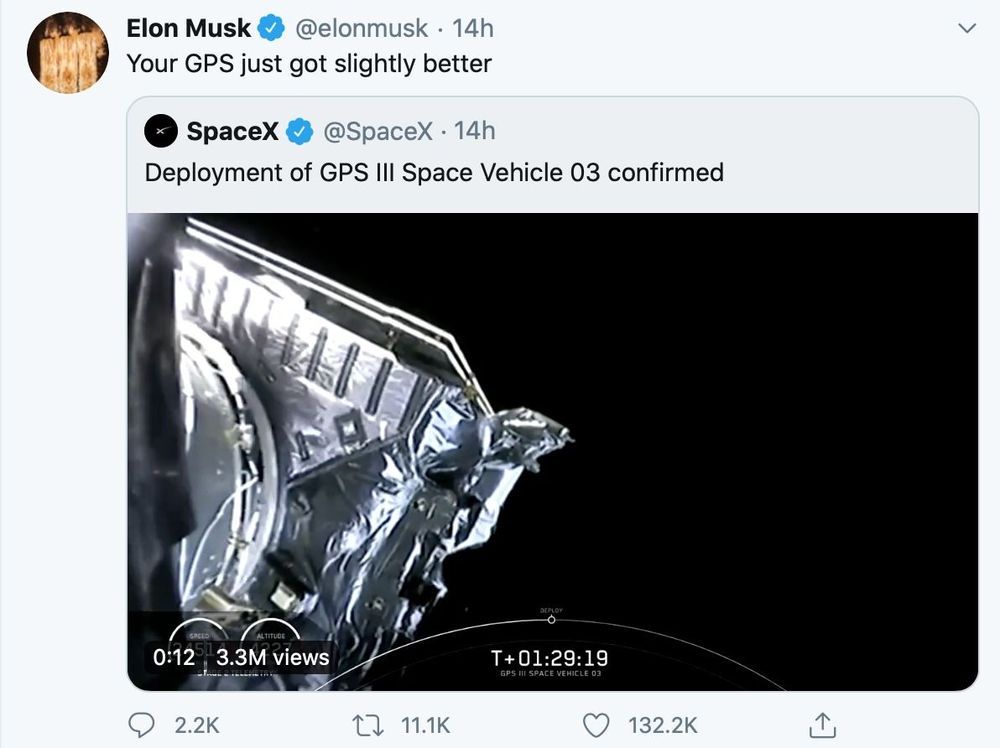

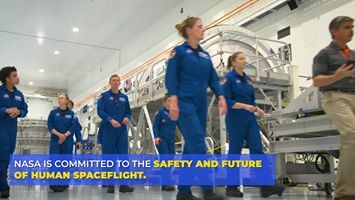
NASA has completed the structural test campaign for NASA’s Space Launch System rocket at NASA’s Marshall Space Flight Center in Huntsville, Alabama. A test version of the rocket’s liquid oxygen tank was purposely pushed to its limits on June 22.
The final test concludes a nearly three-year structural test series that qualified the structural design of multiple hardware elements for the rocket that will launch NASA’s Artemis missions and astronauts to the Moon. WATCH go.nasa.gov/9312

Before NASA astronauts fly the Orion spacecraft on Artemis missions to the Moon and back, engineers needed to thoroughly test its ability to withstand the stresses of launch, climb to orbit, the harsh conditions of deep space transit, and return to Earth. NASA designed Orion from the beginning specifically to support astronauts on missions farther from Earth than any other spacecraft built for humans.
In June 2020, engineers completed testing on a duplicate of Orion called the Structural Test Article (STA), needed to verify the spacecraft is ready for Artemis I — its first uncrewed test flight. NASA and its prime contractor, Lockheed Martin, built the STA to be structurally identical to Orion’s main spacecraft elements: the crew module, service module and launch abort system.
The STA testing required to qualify Orion’s design began in early 2017 and involved 20 tests, using six different configurations — from a single element, to the entire full stack — and various combinations in between. At completion, the testing verified Orion’s structural durability for all flight phases of Artemis I.
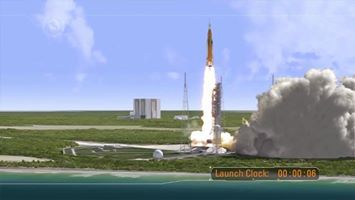
(from rollout to recovery) for deep space exploration.
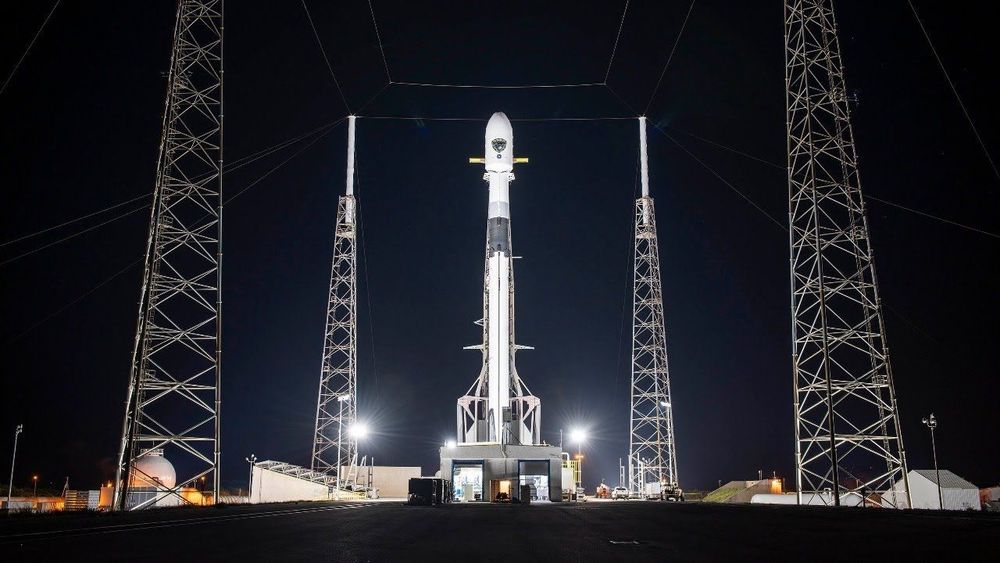
SpaceX has gotten good enough at reuse that it’s building fewer rockets.

I know Elon Musk believes Mars is the promised land that we should try to move humans to but what about Venus?
A growing group of scientists want to float above our sister planet before we conquer the red one.
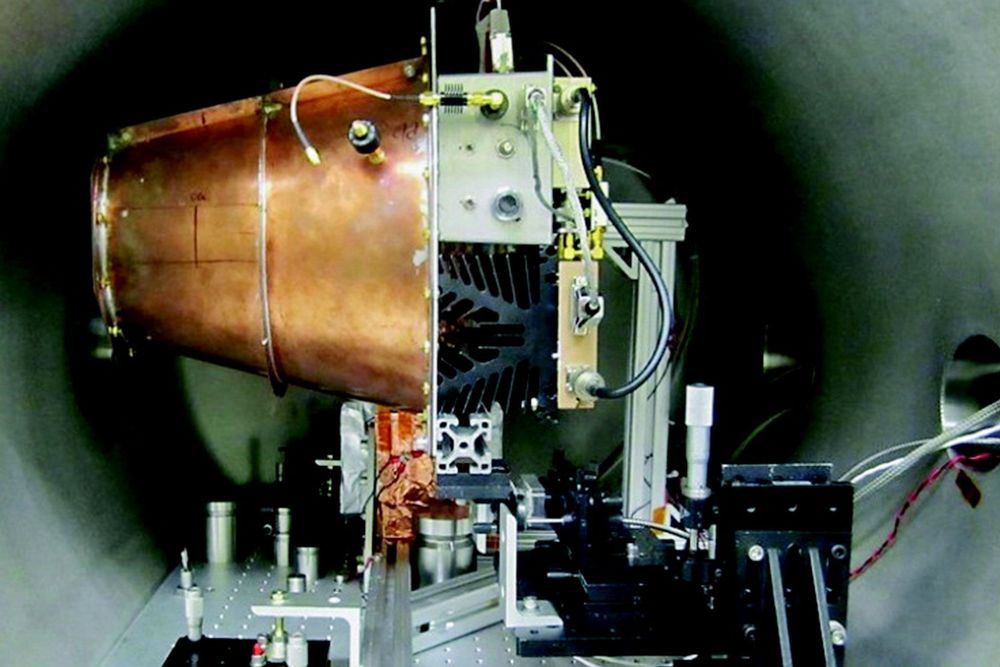
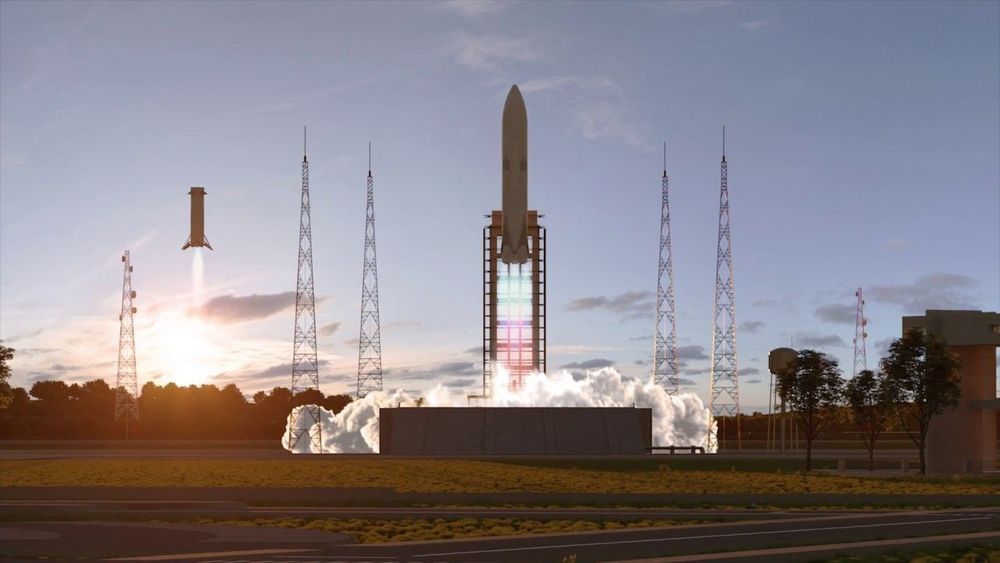
In a rare instance of some connection to reality, a European Union commissioner overseeing the space industry has acknowledged the elephant in the room, admitting that SpaceX has changed the game for commercial rockets and that the upcoming Ariane 6 rocket may already be outdated.
While slight, European Commissioner Thierry Breton expressed some level of urgency, stating that “SpaceX has redefined the standards for launchers.” “Ariane 6 is a necessary step, but not the ultimate aim: we must start thinking now about Ariane 7.” Ariane 6 is a new European Space Agency (ESA) rocket designed to replace the existing Ariane 5 workhorse and do some while cutting costs. However, the vehicle’s design and the strategy behind it were fixed in place before SpaceX began to routinely demonstrate Falcon 9 reusability, effectively creating a rocket optimized for a market that ceased to exist soon after.
Based on the economically infeasible design decision to build a hybrid first stage with a liquid core and add-on solid rocket boosters (SRBs), as well as the structurally inefficient use of hydrogen and liquid oxygen propellant for the booster, Ariane 6 is designed to compete with the likes of the United Launch Alliance’s (ULA) Delta IV, Atlas V, and upcoming Vulcan rockets. Despite several years of halfhearted, half-baked attempts to even consider making parts of Ariane 6 reusable, the rocket will be 100% expendable come its first (and likely last) launches.

NASA astronauts got a “pretty awesome” view of SpaceX’s Crew Dragon vehicle docked with the International Space Station during a spacewalk on Friday (June 29).
Astronauts Chris Cassidy and Bob Behnken got the view of a lifetime when they stepped outside the space station to replace the outpost’s old solar array batteries. The star of that view was Endeavour, the SpaceX Crew Dragon spacecraft that delivered Behnken and his fellow NASA astronaut Doug Hurley to the station May 30 on their Demo-2 mission.
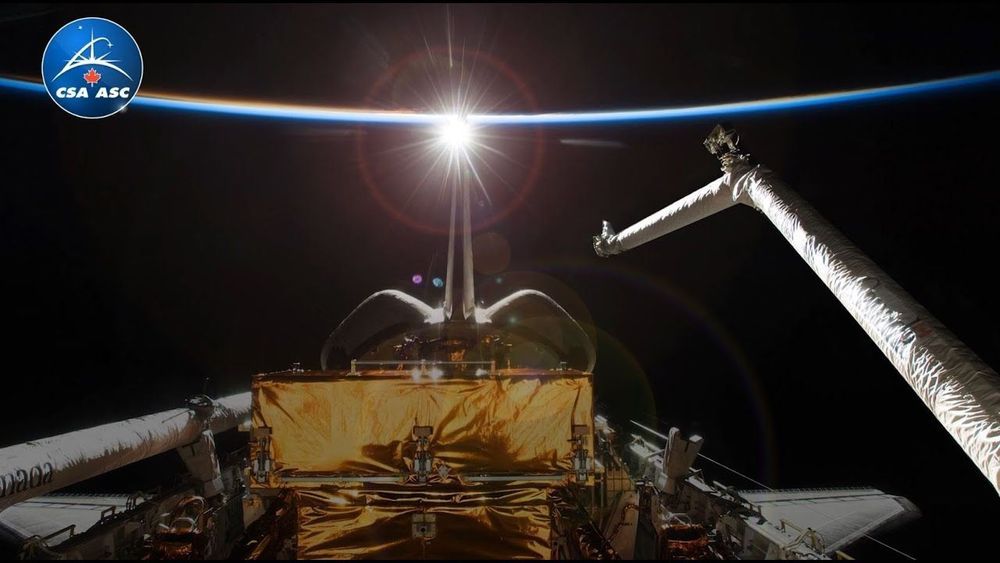
Canada is marching forward with its international partners to establish a permanent research installation near the Moon, the Lunar Gateway.
As it did for the Shuttle and Station programs before, the Canadian Space Agency, via a partnership with MacDonald, Dettwiler, and Associates, Inc., will build the next-generation robotic system: Canadarm3.
This smart robotic system will be Canada’s contribution to the US-led Lunar Gateway station for the Artemis Program, the next major international collaboration in human space exploration — which forms the cornerstone of Canadian space strategy.